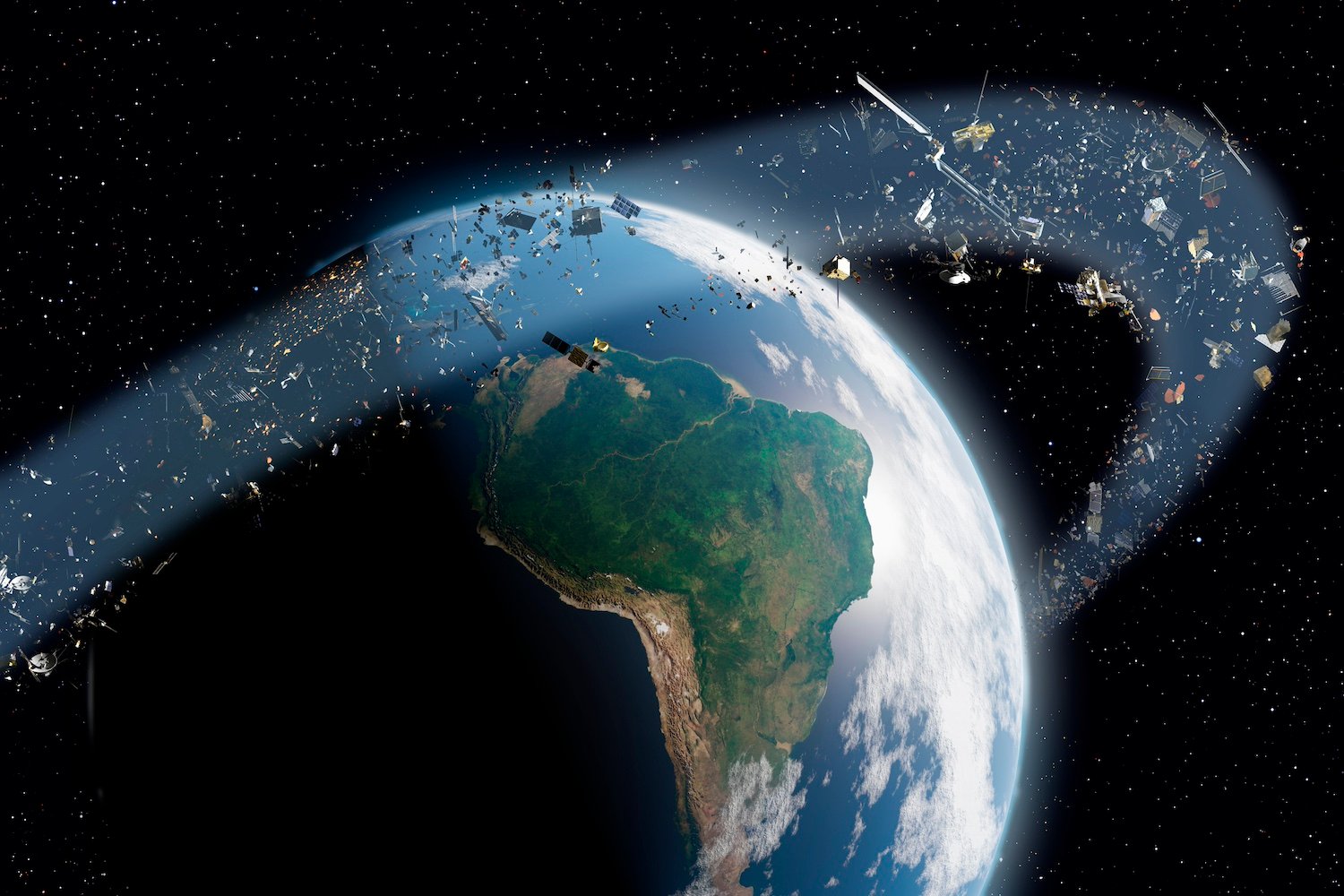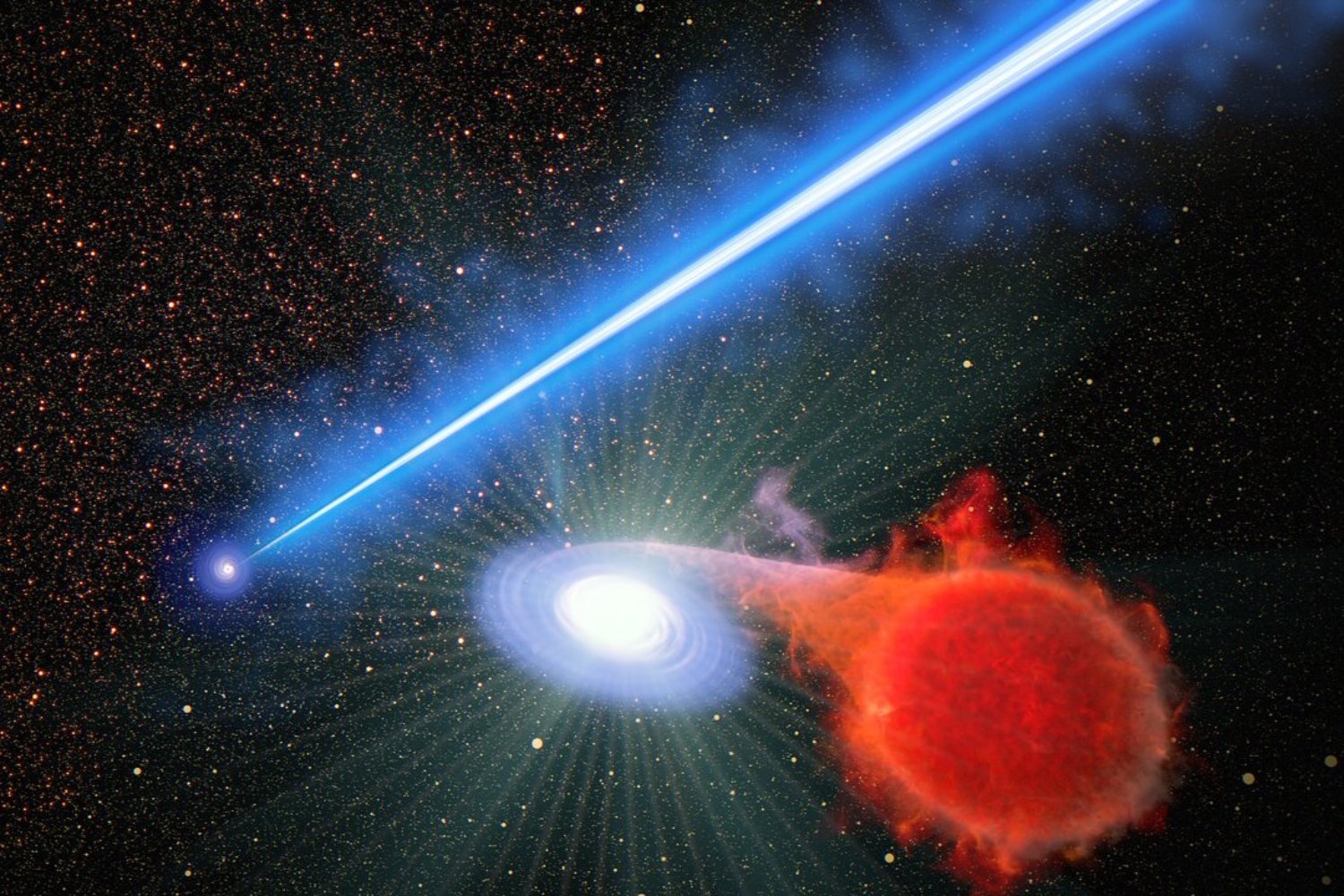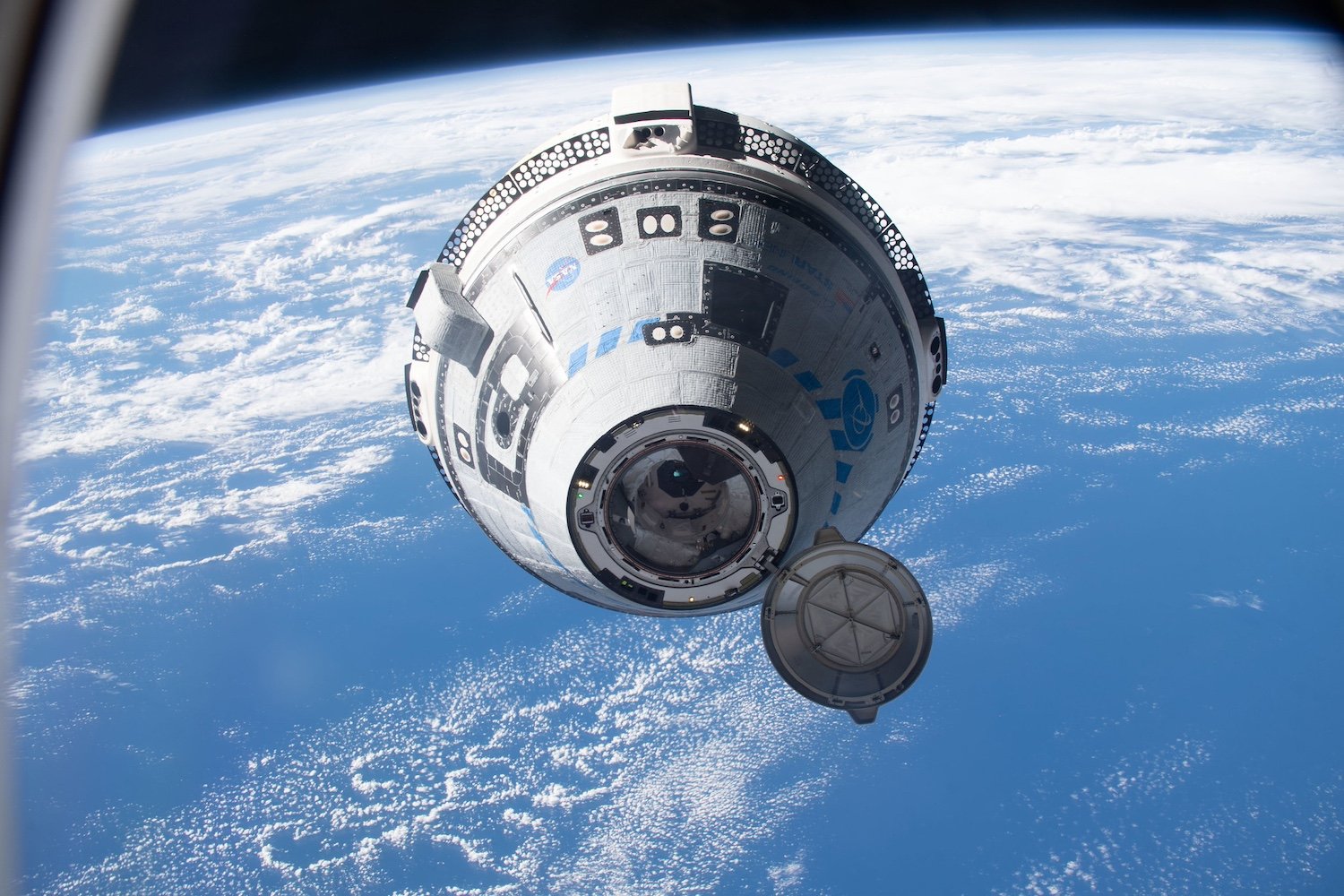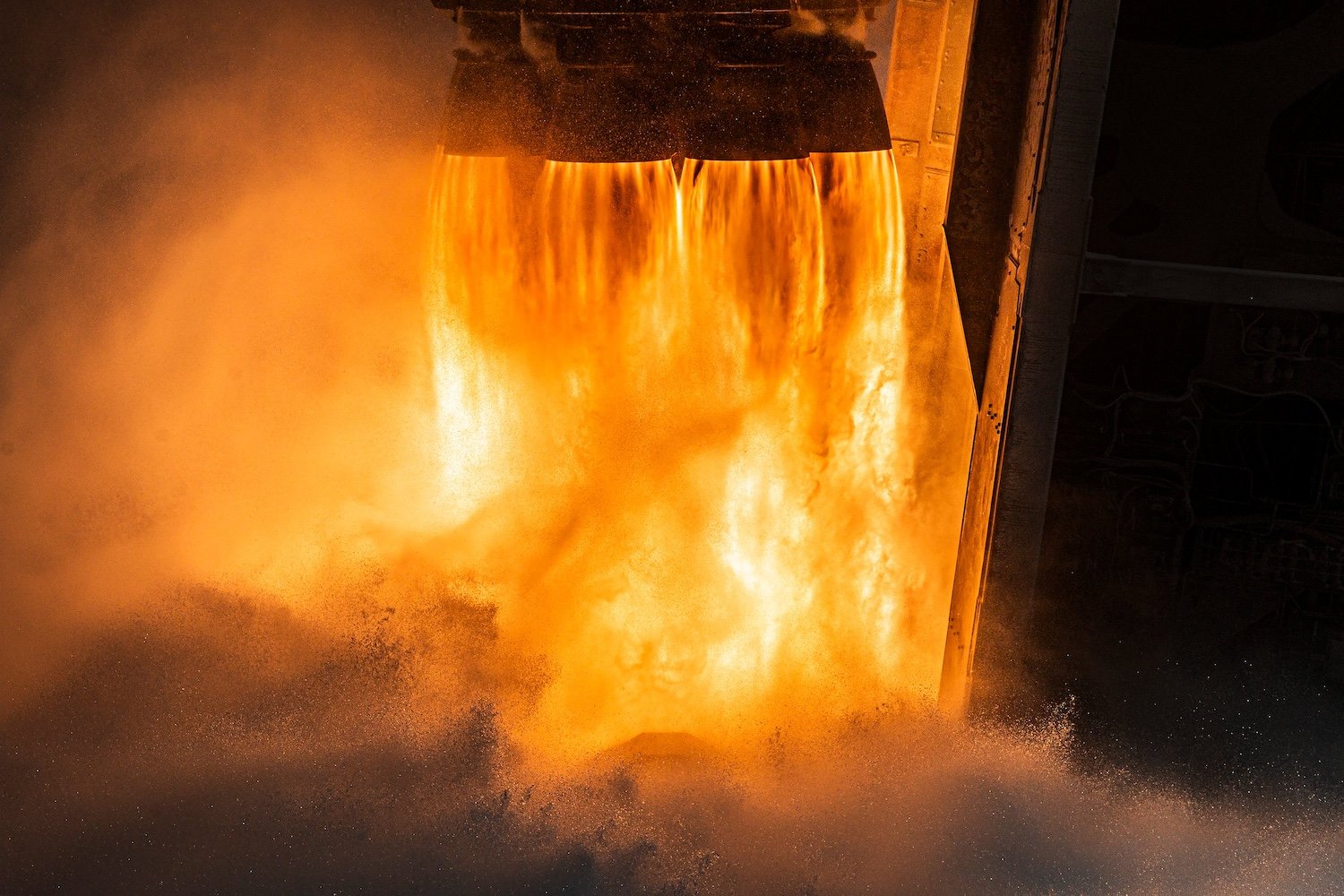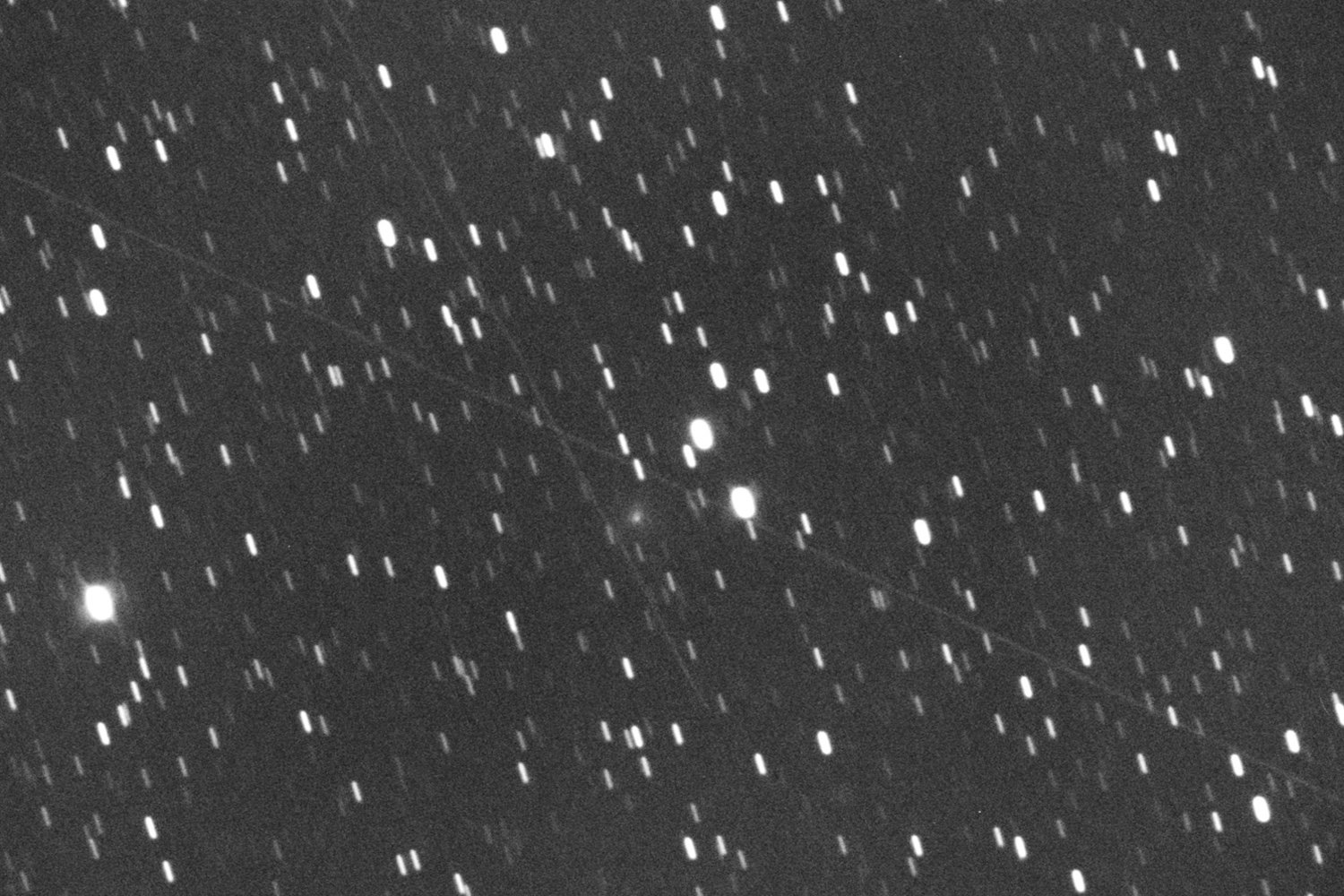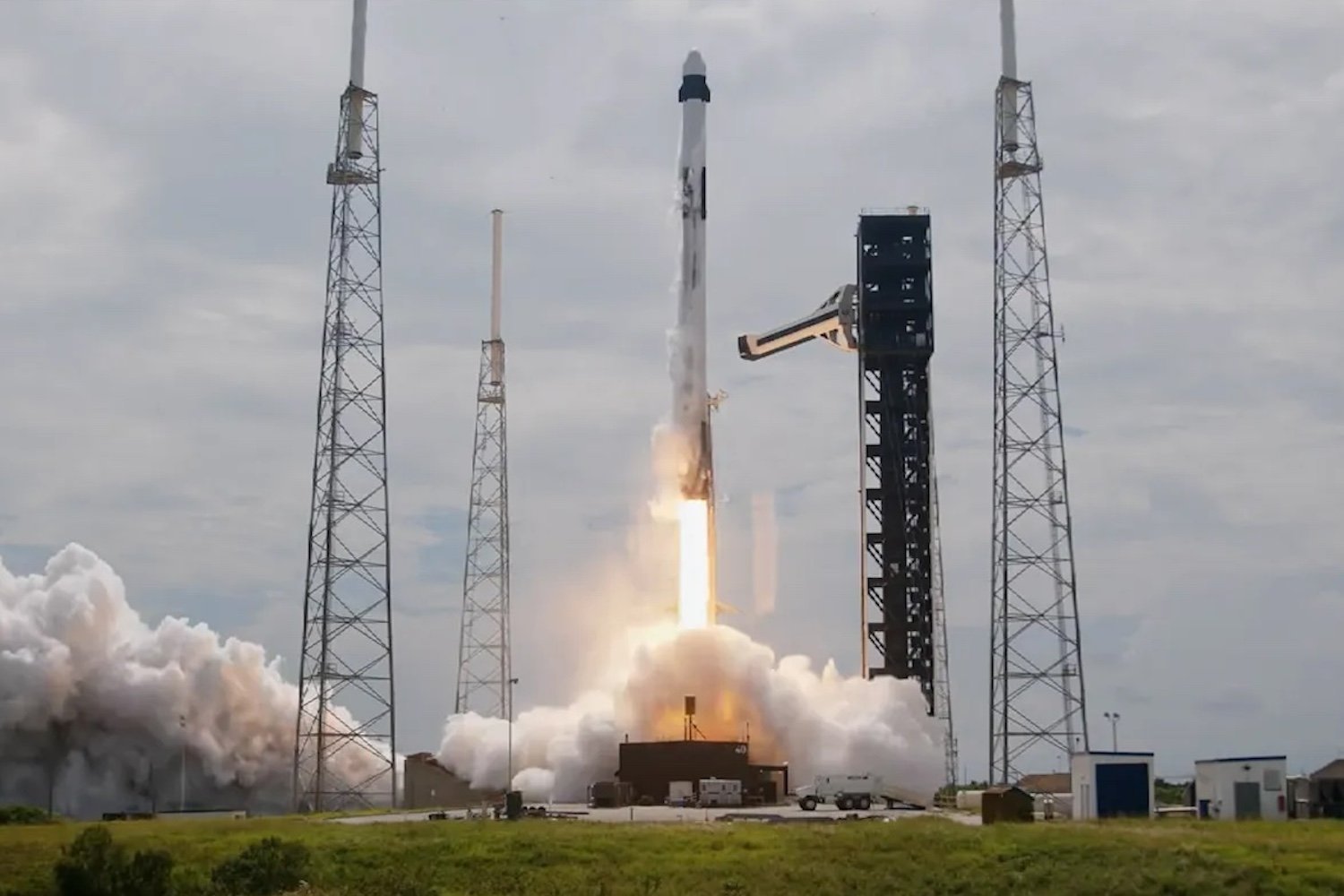The Intelsat 33e communications satellite has unexpectedly broken apart in geostationary orbit (GEO), creating a debris field that raises concerns about the increasing risk of collisions in this crucial orbital region. The satellite, which provided communication services across Europe, Africa, and parts of the Asia-Pacific, experienced a power failure on Saturday, rendering it unrecoverable.
Intelsat, the satellite’s operator, announced the outage and confirmed they are working with Boeing, the manufacturer, to investigate the cause. While the exact reason for the breakup remains unclear, a possible explanation is an explosion within the satellite’s propulsion system. The U.S. Space Force is tracking at least 20 pieces of debris from the fragmented satellite and conducting routine assessments to ensure the safety of other spacecraft.
A History of Troubles for Intelsat Satellites
This incident isn’t the first setback for Intelsat’s satellite fleet. In 2019, the Intelsat-29e, the first in the EpicNG series (which included Intelsat 33e), also experienced a failure. The suspected causes for that incident ranged from a meteoroid impact to a wiring flaw potentially exacerbated by increased solar activity. The Intelsat 33e itself had a troubled history, experiencing multiple propulsion issues that shortened its expected lifespan by 3.5 years from its original 15-year design.
Growing GEO Debris Poses Collision Risks
The Intelsat 33e breakup is part of a concerning trend of increasing debris in GEO. Jonathan McDowell, an astrophysicist at the Harvard-Smithsonian Center for Astrophysics, estimates that approximately 16 breakup events have occurred in or near GEO. He notes that while collisions are statistically less likely in GEO than in low Earth orbit (LEO) due to the controlled nature of GEO satellites’ paths, the limited maneuverability of these satellites makes them vulnerable to debris impacts.
The Importance of Addressing Space Debris
The increasing amount of debris in GEO highlights the growing need for responsible space operations and debris mitigation strategies. While the U.S. Space Force is actively monitoring the situation, the incident underscores the challenges posed by defunct satellites and the potential for cascading collisions that could further pollute this vital orbital region.
This event serves as a reminder of the importance of sustainable space practices and the need for continued investment in technologies and policies that minimize the creation and impact of space debris. The long-term health of the space environment depends on the collective efforts of governments and private companies to address this growing challenge.



